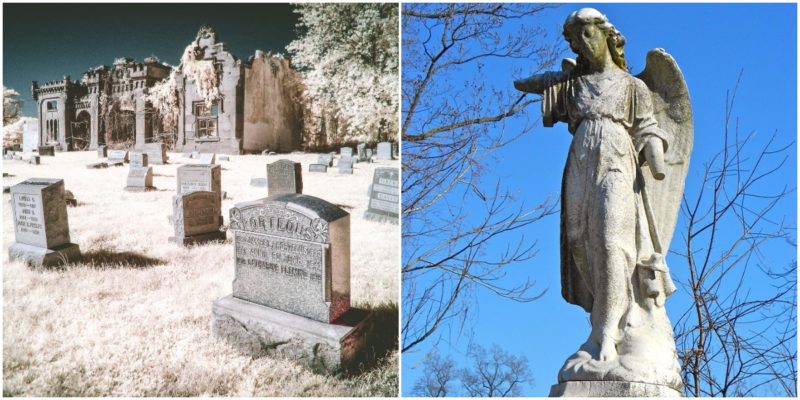The graveyard of Mount Moriah is located in southwest Philadelphia, but at the time it was established it was actually outside the city limits. It marked a change in the way that the dead were buried.
Until the mid-19th century, people were buried around churches grounds, while the poor and unfortunate often were put in neglected, muddy grounds around the city limits, unmarked and easily forgotten as soon as the ground was full.
While the new style of graveyard in America didn’t put a stop to mass graves and paupers’ graves, it was the first time commercial cemetery for the wealthy.
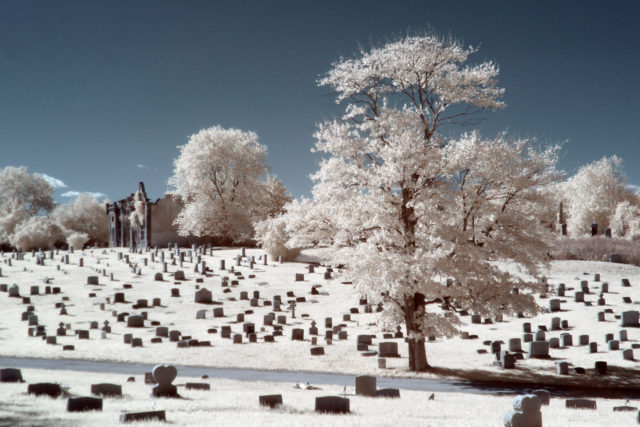
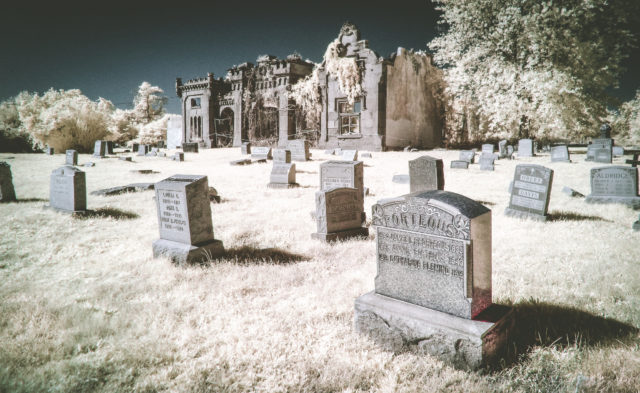
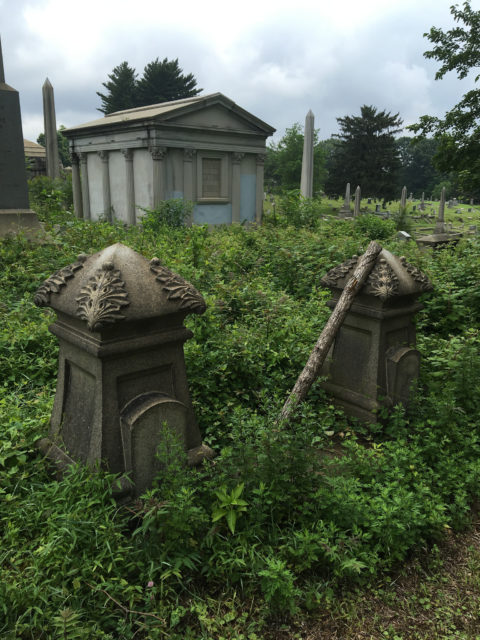
Established in 1855 as a part of what was known at the time as the Kingseeing Township (now part of Philadelphia City), the cemetery was far away from the town center. It was promoted as a place that would remain untouched by rapid urban expansion.
That turned out not to be true: over the years, the city’s residential districts and cemetery grounds grew and moved closer to each other. The original 52 acres (22 ha) in 1855 eventually expanded to 380 acres (150 ha), making Mount Moriah officially the largest cemetery in the state of Pennsylvania. By some calculations, around 80,000 people were laid to rest on this site.
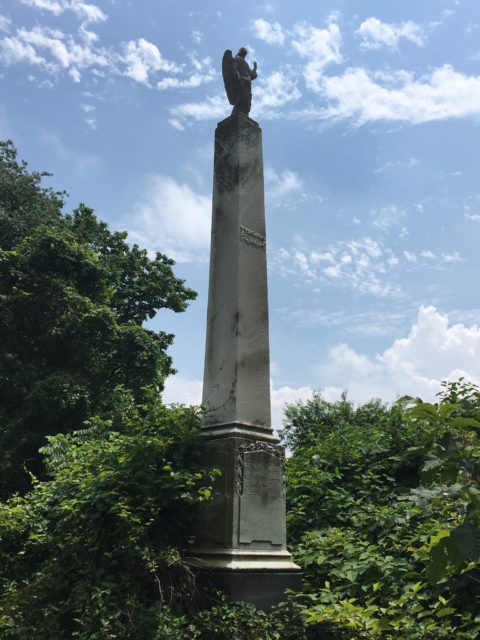
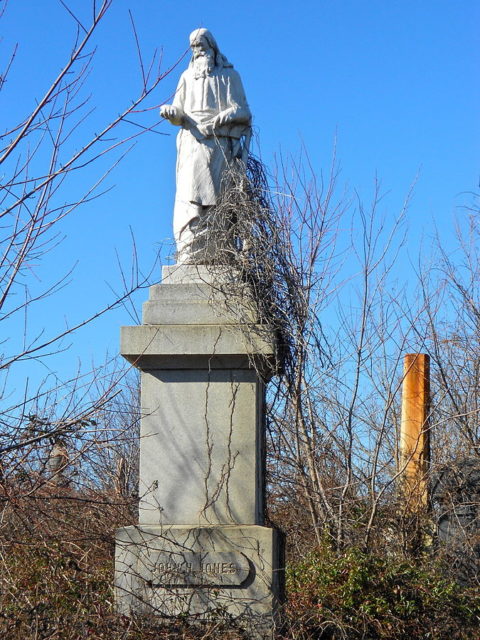

The main feature of the graveyard is definitely the Mount Moriah Cemetery Gate. An ornate Romanesque gatehouse serving as an entrance to the graveyard. The architect of this full brownstone construction was Stephen Decatur Button.
In addition to many buildings in Philadelphia, including schools and churches, and around 30 other buildings in New Jersey, he also designed two more cemetery gatehouses: The Evergreen Cemetery gatehouse and a gatehouse in Odd Fellows Cemetery, both in the state of Pennsylvania.
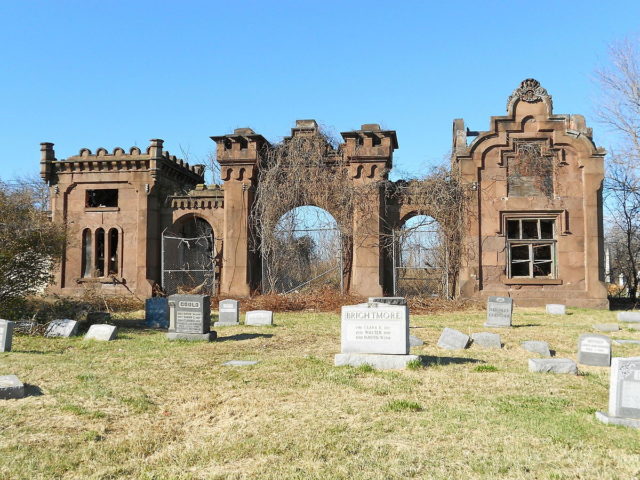
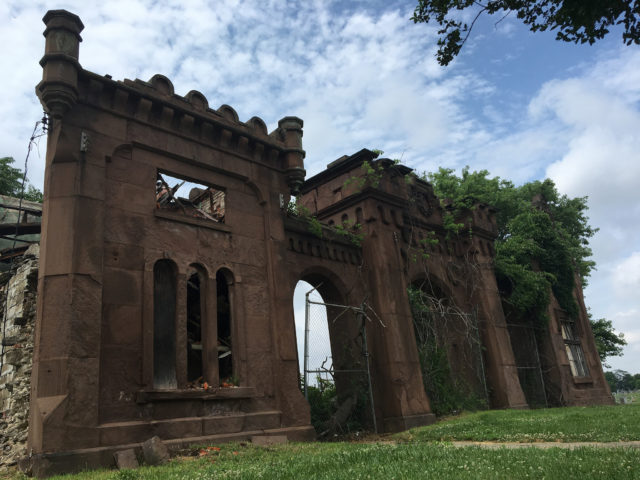
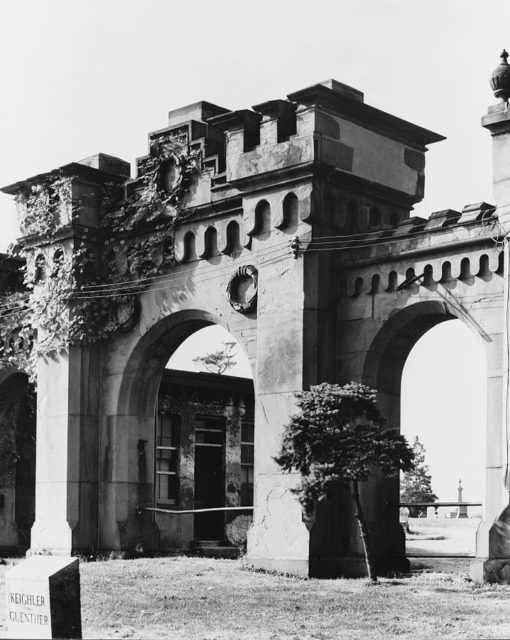
Ever since 2004, the graveyard has been left both to no one and to everyone. It is quite a unique legal situation: the last owner, Horatio Jones, died in 2004 and since then, the grounds haven’t had an owner. Volunteer groups and private parties have gone out of their way to clean up and help preserve the cemetery, trying to take it back to its previous condition.
